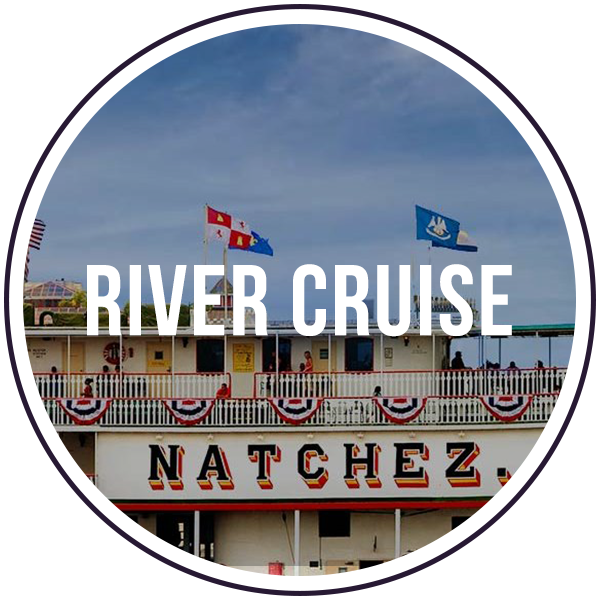The French Market in New Orleans is a historic market that dates back to the 18th century. It is located in the French Quarter, a neighborhood in New Orleans known for its rich cultural heritage and vibrant atmosphere. The market occupies six blocks of open-air buildings along the Mississippi River, making it one of the oldest public markets in the United States.
The history of the French Market can be traced back to the French colonization of Louisiana in the early 18th century. In 1718, French explorer Jean-Baptiste Le Moyne de Bienville established the city of New Orleans, and soon after, a market was established to provide food and goods for the growing population. The area around the market became a bustling hub of commerce and trade, attracting merchants and settlers from all over.
During the Spanish colonial period from 1762 to 1803, the market continued to thrive and expand. The Spanish authorities played a significant role in regulating and organizing the market, implementing rules and regulations to ensure fair trade and prevent monopolies. The market became known as the “Marché de la Nouvelle-Orléans,” and it became a central gathering place for locals and visitors alike.
In the early 19th century, the United States took control of New Orleans, and the city’s economy continued to flourish. The French Market became an essential part of the city’s culture, with vendors selling fresh produce, seafood, and a variety of goods. The market also became known for its lively atmosphere, with street performers, musicians, and artists entertaining visitors.
However, as the city grew and modernization took hold, the French Market faced challenges. The rise of supermarkets and chain stores in the mid-20th century led to a decline in the market’s popularity. Neglect and disrepair also took a toll on the market, and it fell into a state of disarray.
In the 1970s, efforts were made to revitalize the French Market and restore its historic charm. The city of New Orleans and private investors embarked on a restoration project, renovating the market’s buildings and re-establishing it as a vibrant tourist destination. Today, the French Market is a lively marketplace that attracts locals and tourists alike. It continues to be a hub of activity, with vendors selling a wide range of goods, including fresh produce, spices, jewelry, and local crafts.
The French Market is not only a shopping destination but also a cultural hotspot. It hosts numerous festivals and events throughout the year, showcasing the unique heritage and traditions of New Orleans. From music performances to art exhibitions, the market offers a glimpse into the vibrant and diverse culture of the city.
In conclusion, the history of the French Market in New Orleans is a fascinating tale of commerce, culture, and transformation. From its humble beginnings as a colonial market to its revival as a thriving tourist destination, the French Market remains a beloved landmark in the heart of the city.


